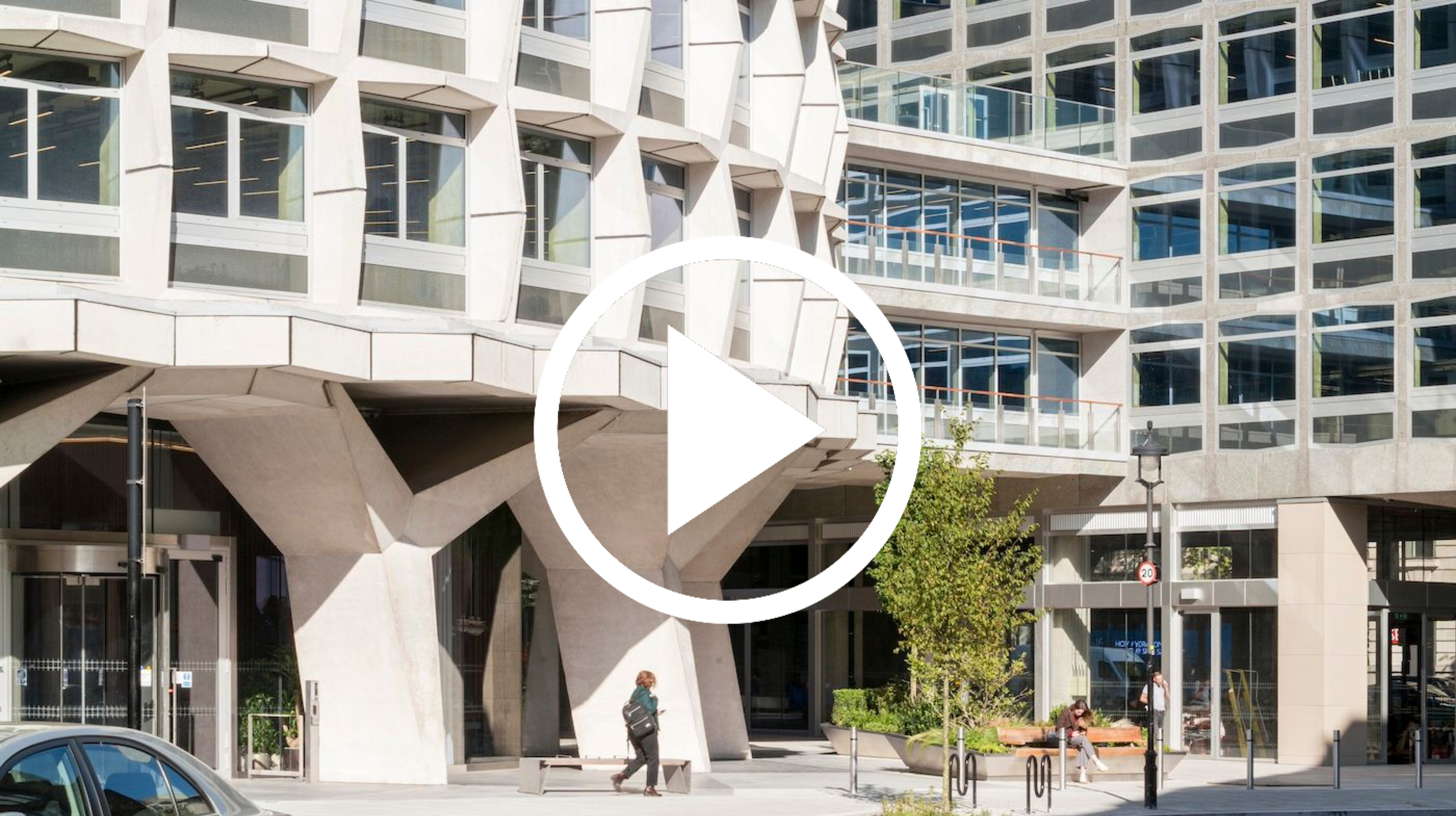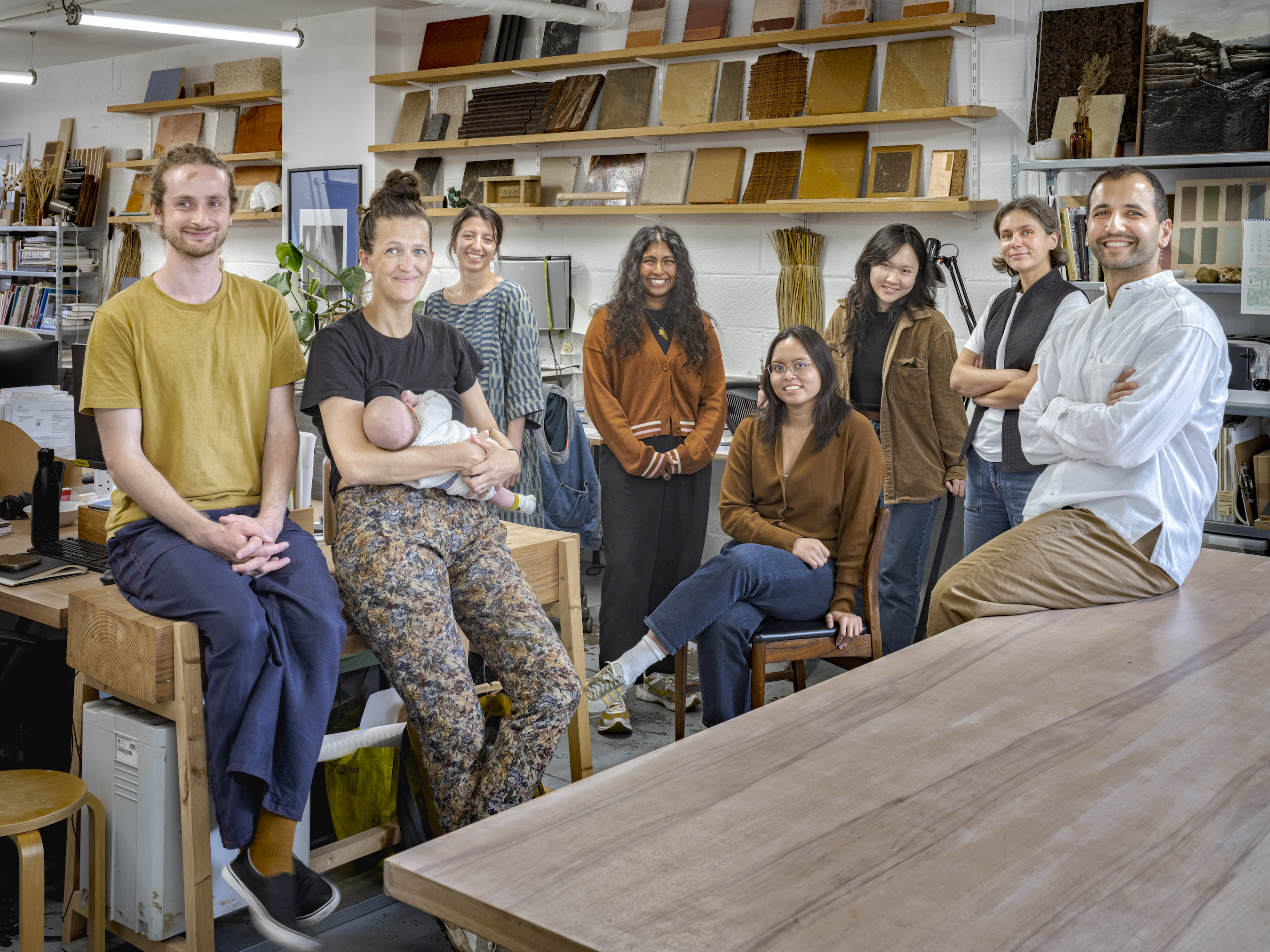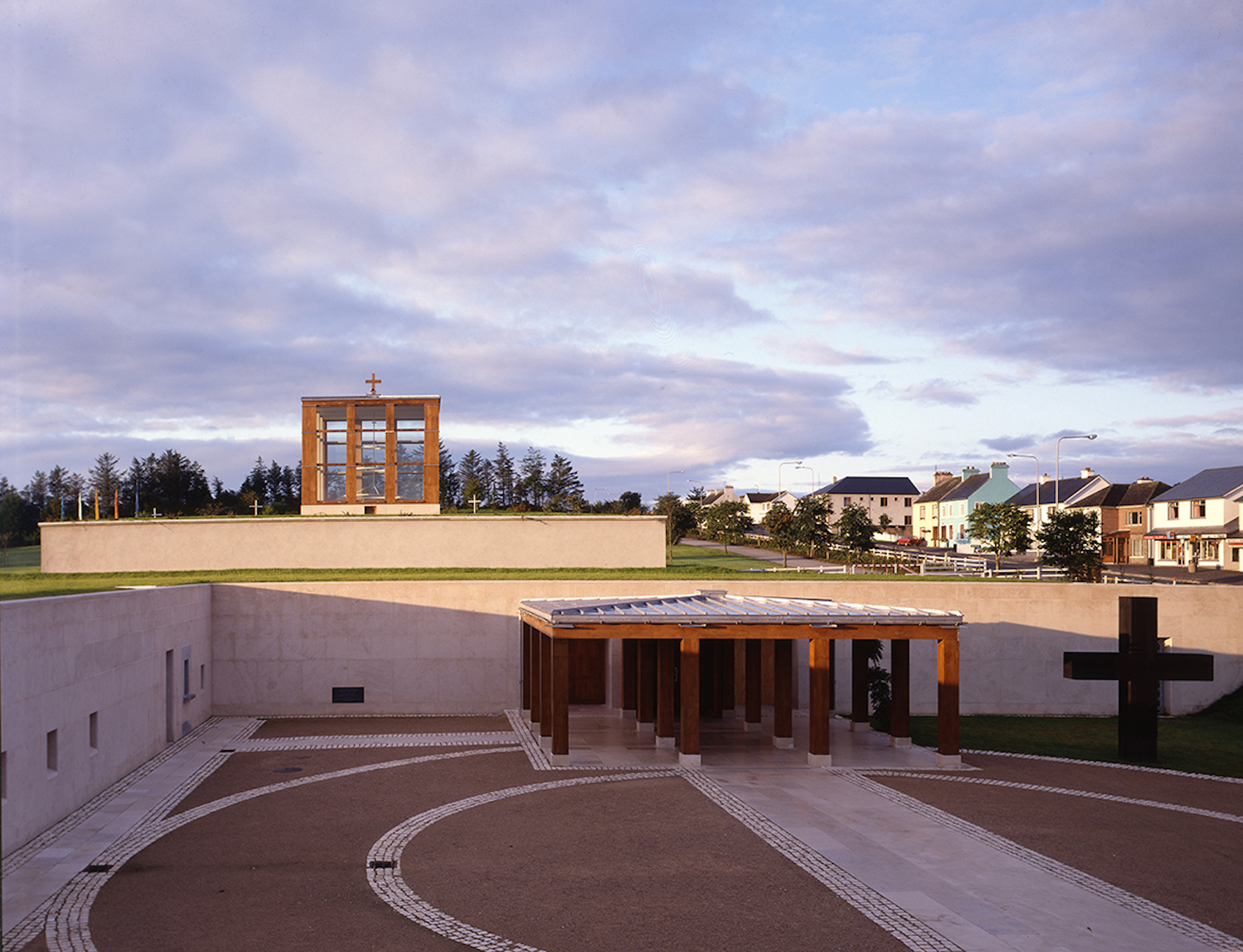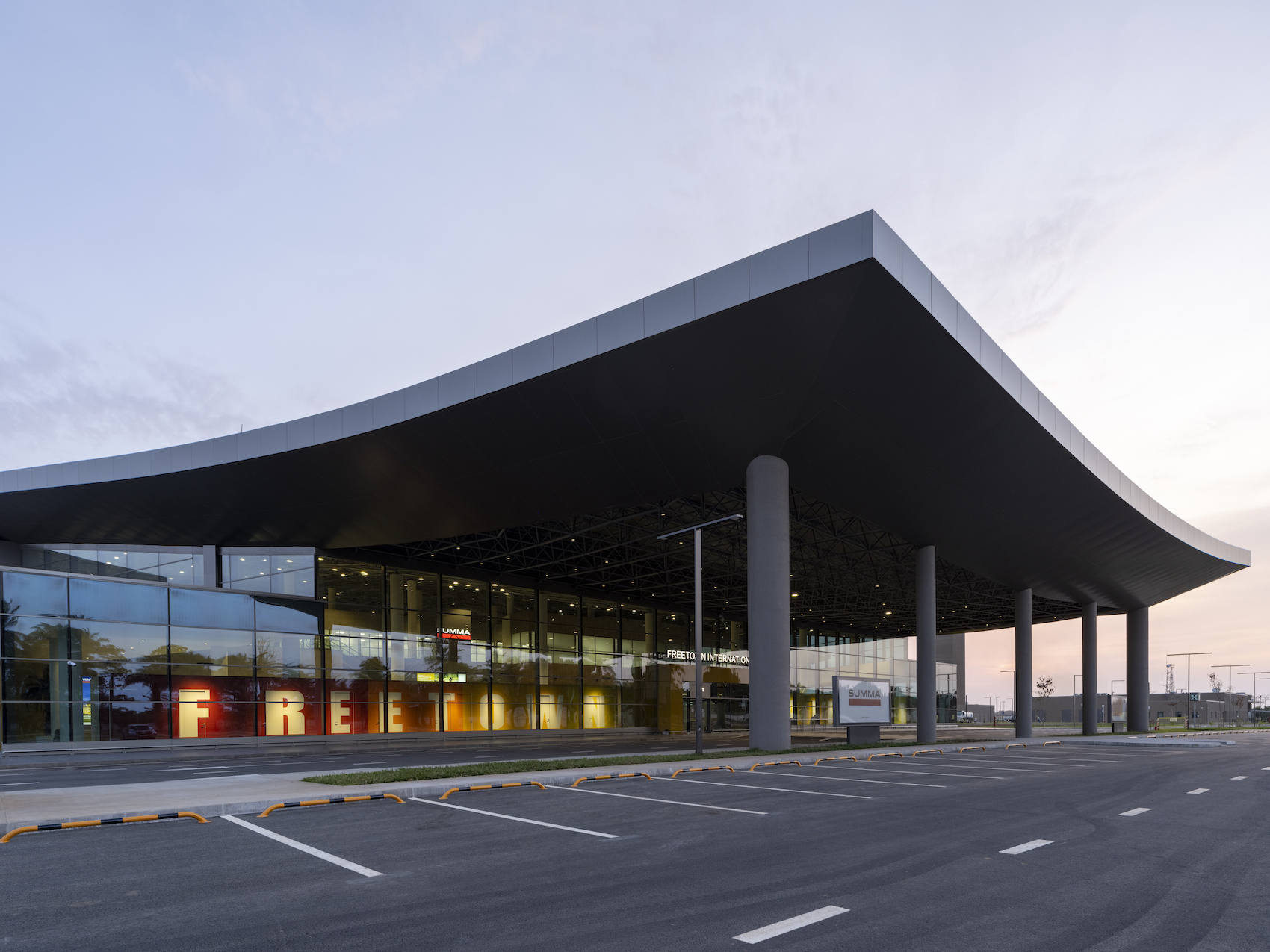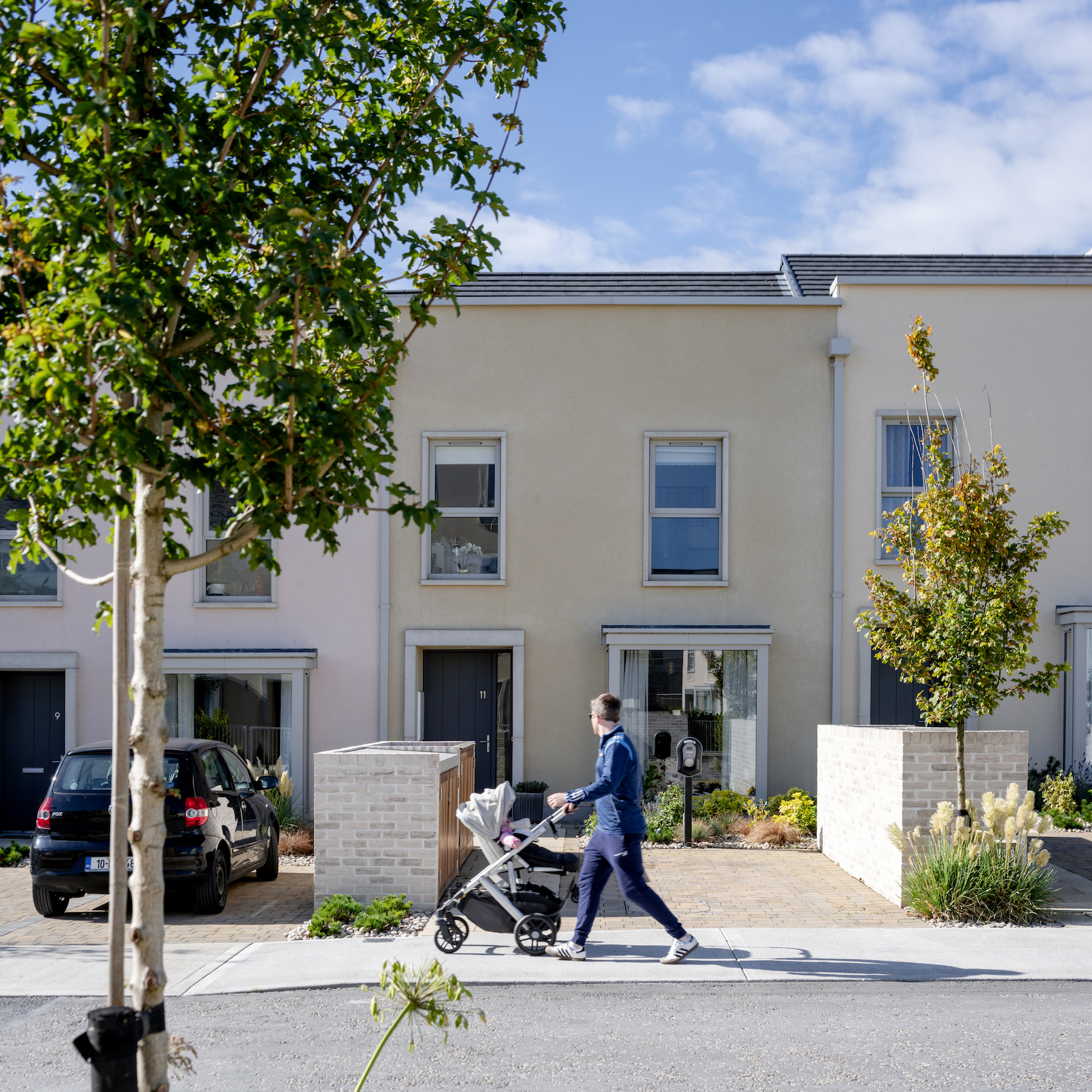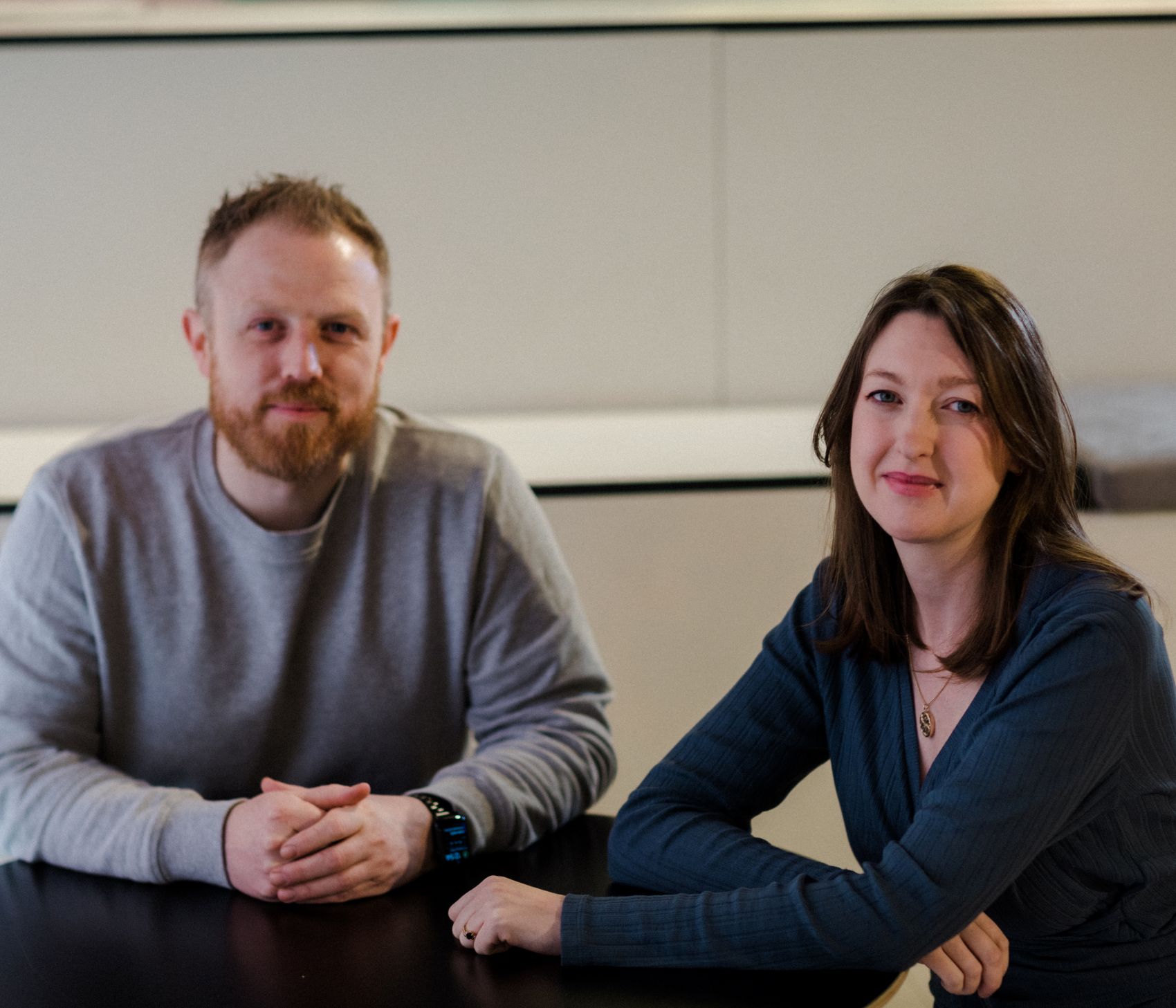In her editorial for AT325, Isabel Allen reflects on the lessons learnt from the winning projects in the Architecture Today Awards for buildings that have stood the test of time, and praises the role architecture schools are taking in offering courses on retrofit and adaptive reuse. She also introduces the new student prize that AT has added to its awards programme.
Read the Digital Issue of AT325 online, for free, here.
This issue is dedicated to the winning projects in the Architecture Today Awards for buildings that have stood the test of time. It offers a moment to take stock; to celebrate past achievements but also to acknowledge how far we’ve come.
Projects that were once progressive now seem antiquated. The University of Brighton’s Cockcroft Building built in 1962-63 and the former Camden Town Hall Annexe built in 1973 were both pioneering in their day. Prime examples of the ‘soft’ brutalism seen as synonymous with benevolent civic power, they are the product of a public sector with blind faith in the value of local government and higher education – and blissful ignorance of the principles of passive thermal comfort and low-carbon design.
We have learnt so much – and yet so little. If our line-up of award winners celebrates the progress that’s been made, it also shows how easily lessons can be forgotten or ignored. In 1967, Arup Associates’ conversion of the great Malt House at Snape into a concert hall for the annual Aldeburgh Festival challenged the perceived wisdom that refubishing existing buildings was a lesser art than building from scratch. In 2001, Bennetts Associates used Wessex Water Operations Centre as a testbed to measure embodied carbon, a line of enquiry that, over time, fed into the inevitable conclusion that new build should be viewed as a very last resort.
But individual decisions are determined by the path of least resistance. When cash-strapped Camden Council put its Town Hall Annexe up for sale in 2015 all but one interested developer proposed to knock it down and start from scratch.
The industry is too competitive, too dispersed – too risk averse – to implement a paradigm shift. Thankfully, forward-looking architecture schools are stepping up. The Scott Sutherland School of Architecture & Built Environment has launched a postgraduate course on retrofit. Manchester University is offering a Masters in architecture and adaptive reuse. For our part, Architecture Today is adding a new category to our awards programme. We’ve launched a student prize in association with VMZINC to celebrate projects that adapt existing buildings and/or address issues of flexibility, performance and reuse. A salute to enlightened educators. And to a generation that understands that business as usual is a luxury we can’t afford.




